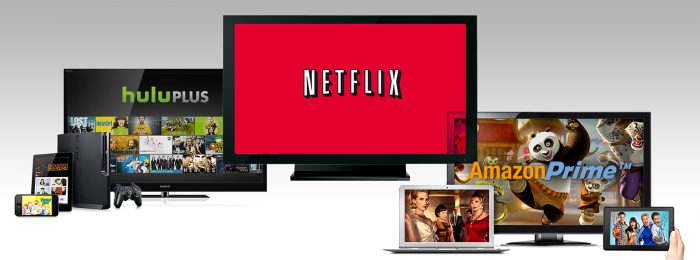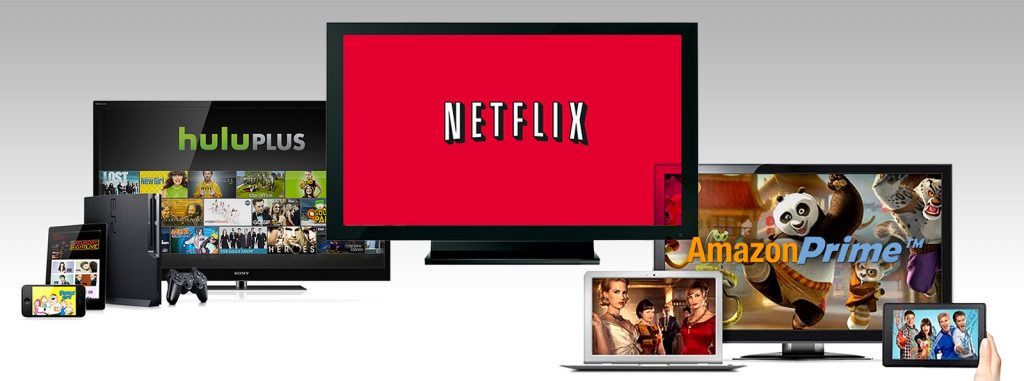
Companion screen apps for VR. For what? For whom?
The ubiquity of mobile phones, and particularly the fact that the majority of European TV consumers use them occasionally while watching TV, has triggered, in recent years, the development of companion screen apps, i.e., apps for mobile phones or tablets which are designed to complement the main TV experience. When writing the ImmersiaTV project, our central question was: how does this change with the arrival of immersive virtual reality (VR) displays to the living room? Now, three years later, I will try to summarize my views regarding that question.
To understand the current offer in companion screen apps, we must understand that they appeared as part of an ongoing market battle. On one hand, broadcasters have created and promoted hbbtv as a companion screen standard; one where TV is king. For example, BBC R&D have worked on the topic for a number of years, first building standards and later exploring different application domains.[1] From a consumer perspective, its main characteristic is that the experience across all platforms is defined by the broadcaster, and for the message it intends to convey. On the other hand, internet service providers (ISPs) have tried to build their own platforms, based mainly on set top boxes. The main difference for each of these groups is the monetization model. Broadcasters generally have advertising revenues as their main income source, while ISPs and broadband content providers base their business models on subscription fees. All these offer some kind of catch-up service, either on a dedicated app or on a web-based app. This very popular service also has the advantage of not colliding with either business model -ad revenues and subscription fees are still present in the catch-up service.
Some TV franchises, such as the cooking reality show Masterchef[2], or the Spanish series El Ministerio del Tiempo[3] offer companion screen apps where relevant content can be consumed along the TV experience. A different kind of service, which is relatively popular for live sports, is data providing statistics: passes, losses, scores, etc. It can be provided as a complement to the main experience, and sports fans can thrive in its inquiries. For example, in Spain, football statistics are available for all TV broadcasted matches, live.[4]
Other apps are not conceived as synchronized experiences. Planet Earth, the wildly popular series from BBC, has also launched a companion screen app.[5] We are starting to see VR displays targeted, with the release of content based on omnidirectional video. The Spanish series El Ministerio del Tiempo has launched an additional app to deliver such an experience.[6]
Different consumer experiences from other content providers are also available around the TV. Smart TV manufacturers have integrated apps associated with different platforms based on broadband content providers –Netflix being the main one, but also YouTube or Twitch-. However, in these scenarios, the idea of a companion screen does not make sense anymore: the TV becomes just another screen -one that is bigger but often much slower than smartphones.
There have also been companion screen apps in recent videogame titles. Often these second screen apps can merely be used as remote. Sometimes, they are useful to customize the characters, or engage in activities unrelated with the gameplay (download titles, check who is online, etc.). However, there are also cases, such as Ubisoft’s Watch Dogs[7], were you could use the second screen app to play against the player on the main console.

Overall, at the exception of catch-up services, current companion screen apps seem to be conceived as a promotion tool for very large productions -live sports, massive scale documentaries, long-run quizzes or full-length series based on historical recreations-. This seems to be due, mainly, to the fact that there is no revenue model specific to companion screens, and therefore this content is distributed for free.
In conclusion: three years later it is still unclear how broadcasters and ISP providers will adapt their business model to the arrival of head mounted displays to the living room. Meanwhile, videogame providers -notably Sony, with PlayStation VR- seem to have developed a much clearer business strategy. Given the massive growth of VR start-up companies, and the burgeoning offer of innovative online media services, it also seems entirely possible that a novel actor -not positioned as a broadcaster or an ISP provider- will enter the VR content marketplace and impose a dominant business model. Overall, despite VR display sales are ramping up,[8] there is still plenty of space for innovation regarding VR content production. Whoever figures out how to create convincing VR experiences for the masses will also have the opportunity to shape how VR is marketed. Should it be financed and marketed as TV shows? Movies? Series? Videogames? Or maybe, as something else?
[1] http://www.bbc.co.uk/rd/projects/companion-screens
[2] https://play.google.com/store/apps/details?id=com.rtve.masterchef
[3] https://play.google.com/store/apps/details?id=es.rtve.emdt.dive&hl=es
[4] http://www.laliga.es/noticias/laliga-renueva-su-app-oficial-con-una-nueva-seccion-de-estadisticas-y-un-nuevo-diseno
[5] http://www.bbcearth.com/story-of-life/
[6] https://play.google.com/store/apps/details?id=com.rtve.mdt&hl=es
[7] https://www.ubisoft.com/en-us/game/watch-dogs/
[8] https://www.gamasutra.com/view/news/310564/Analyst_1M_VR_headsets_shipped_last_quarter_an_industry_first.php
Author: Joan Llobera, i2CAT Foundation
Acknowledgements: I would like to thank David Gómez for useful suggestions and comments regarding second screen apps.
